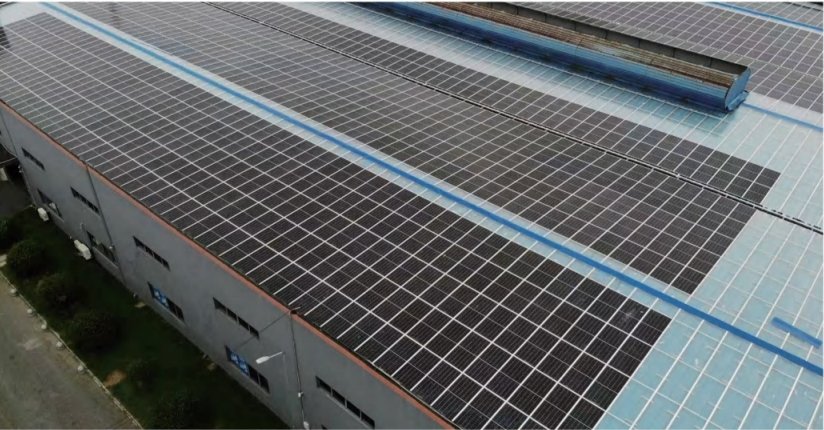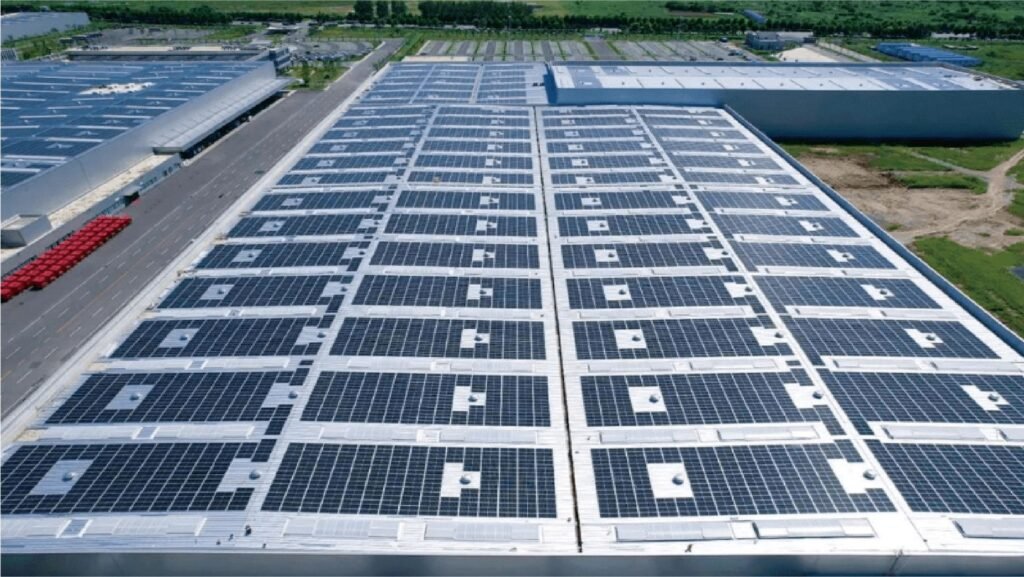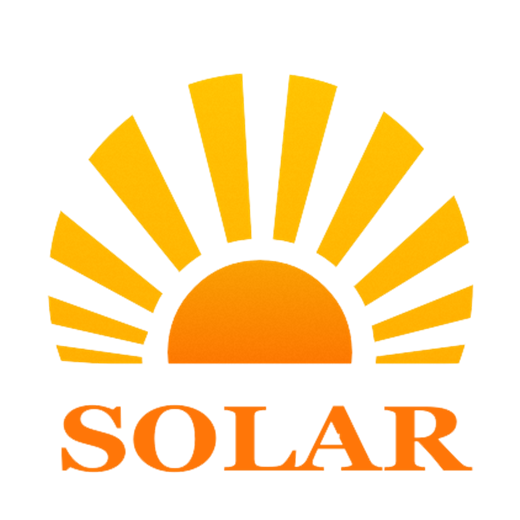## What is BIPV?
Building-Integrated Photovoltaics (BIPV) refers to the integration of photovoltaic materials into the building envelope, including facades, roofs, and windows. Unlike traditional solar panels, which are installed on top of the existing structure, BIPV products are designed to replace conventional building materials while generating electricity.
## Importance and Relevance
The increasing demand for renewable energy solutions and sustainable building practices has led to the rise of BIPV systems. These systems not only contribute to energy efficiency but also enhance the aesthetic appeal of buildings. BIPV offers a way to reduce carbon footprints, lower energy costs, and comply with green building standards.

## Types and Categories of BIPV
1) Facade Systems
Facade-integrated photovoltaics are incorporated into the outer walls of buildings. They come in various forms such as solar panels, solar cladding, and photovoltaic glass.
2) Roofing Systems
Photovoltaic roofing systems include solar shingles, solar tiles, and photovoltaic membranes that replace traditional roofing materials.
3) Window Systems
Photovoltaic glazing and solar windows integrate solar cells within the glass used in windows, allowing light to pass through while generating electricity.
4)Hybrid Systems
Hybrid BIPV systems combine different photovoltaic technologies and integrate them into multiple parts of the building structure to maximize energy production.
## Technical Specifications
1) Efficiency and Performance
BIPV systems’ efficiency depends on the type of cells used, orientation, and environmental factors. Typical efficiencies range from 10% to 20%.
2)Integration and Installation
BIPV products are designed for easy integration with standard building materials. The installation process involves coordination between architects, engineers, and installers to ensure seamless integration and optimal performance.

## Applications of BIPV
1) Residential Buildings
BIPV systems are used in homes for roofing, facades, and windows to provide electricity and improve energy efficiency.
2) Commercial Buildings
Commercial structures such as office buildings, shopping centers, and hotels integrate BIPV for energy savings and to meet sustainability goals.
3) Public Buildings
Schools, hospitals, and government buildings utilize BIPV to demonstrate environmental responsibility and reduce operational costs.
4) Industrial Buildings
Factories and warehouses benefit from BIPV by harnessing solar energy to power large-scale operations and reduce reliance on grid electricity.
## Benefits of BIPV
1) Energy Efficiency
BIPV systems generate clean electricity on-site, reducing the need for external power sources and enhancing energy independence.
2) Cost Savings
By producing their own electricity, buildings can significantly reduce energy bills and benefit from government incentives and tax breaks.
3) Aesthetic Appeal
BIPV products are designed to blend seamlessly with building materials, enhancing the architectural design and appearance of structures.
4) Environmental Impact
BIPV contributes to reducing greenhouse gas emissions and reliance on fossil fuels, promoting a more sustainable and eco-friendly built environment.

## Challenges and Limitations
1) Initial Costs
The upfront cost of BIPV systems can be higher than traditional building materials and standalone photovoltaic systems.
2) Technical Complexity
Integrating BIPV requires careful planning and collaboration among various stakeholders, including architects, engineers, and construction teams.
3) Performance Variability
The efficiency of BIPV systems can be affected by factors such as shading, orientation, and weather conditions.
4) Maintenance
Regular maintenance is necessary to ensure optimal performance, including cleaning and periodic inspections.
## Latest Innovations in BIPV
1) Advanced Materials
New materials such as perovskite solar cells and organic photovoltaics offer higher efficiencies and greater flexibility.
2) Smart BIPV Systems
Integration with smart grid technology and building management systems allows for real-time monitoring and optimization of energy production and usage.
3) Transparent Solar Panels
Innovative transparent solar panels can be used in windows and facades without compromising natural light and visibility.
4) Customizable Designs
BIPV products are now available in various colors, shapes, and sizes, allowing for greater customization and design flexibility.
## Future Prospects
1) Market Growth
The BIPV market is expected to grow significantly, driven by increasing demand for sustainable building practices and renewable energy solutions.
2) Integration with Other Technologies
BIPV systems will increasingly be integrated with other technologies such as energy storage, electric vehicle charging, and smart home systems.
## Comparative Analysis
### BIPV vs. Traditional Solar Panels
– **Installation**: BIPV is integrated into the building structure, while traditional panels are mounted on top.
– **Aesthetics**: BIPV offers a more seamless and aesthetically pleasing appearance.
– **Cost**: Traditional panels are generally less expensive upfront but may not offer the same long-term benefits.
### BIPV vs. Building-Applied Photovoltaics (BAPV)
– **Integration**: BIPV is part of the building envelope, whereas BAPV is applied onto existing structures.
– **Performance**: BIPV systems are designed to optimize energy production without compromising building aesthetics.
## Conclusion
Building-Integrated Photovoltaics (BIPV) offer a sustainable and aesthetically pleasing solution for generating renewable energy. By integrating photovoltaic materials into building structures, BIPV systems provide numerous benefits, including energy efficiency, cost savings, and reduced environmental impact. However, challenges such as initial costs and technical complexity must be addressed to maximize their potential.
For those looking to invest in sustainable building practices, BIPV represents a promising opportunity. By exploring the latest innovations and understanding the benefits and challenges, stakeholders can make informed decisions that contribute to a greener future.

